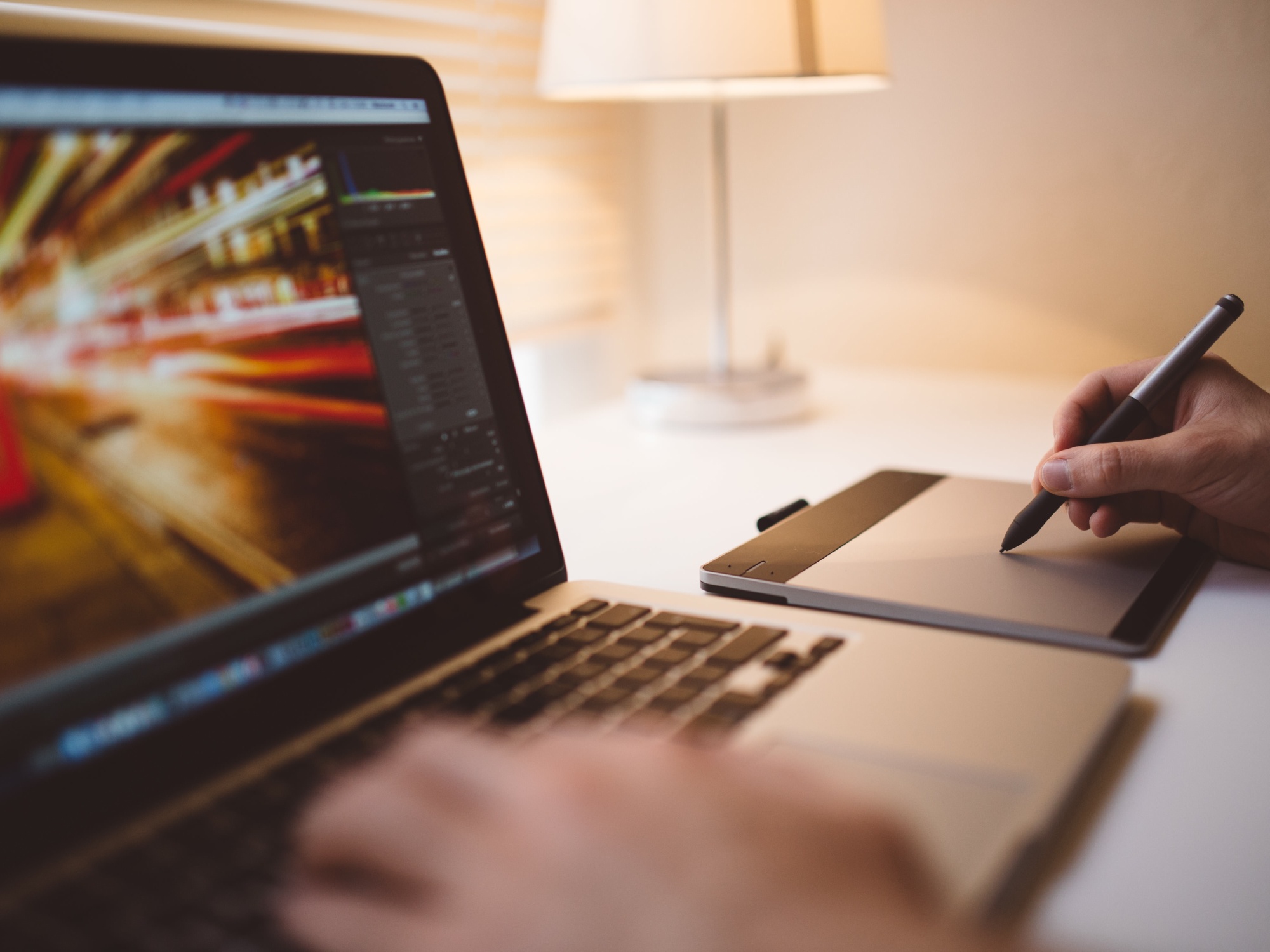The resolution of and image is usually measured by its DPI which means dots per inch or PPI means pixels per inch. It determines the clarity of photograph or jpeg. The dots or squares as in the PPI per inch the more detail of that square inch can be found. PPI is usually used to describe the clarity of a digital screen and DPI is commonly used in printing, referring to the number of physical dots of ink in a printed document.
Most professionals need to be on alert as to which is which because the common mistake is often made by mixing the two. I was surprised to know that this mistake is made by companies like Apple, Microsoft, and Adobe. They too were cited as being guilty of improper use of each of the terms.
Pixels are made up of “sub-pixels” — red, green and blue light elements that the human eye cannot see. Only a single hue can be recognized because color processing blends them on the pixel level. This information is only relevant for the computer really.
On a computer screen, the PPI is irrelevant because the PPI of your monitor is already fixed. As a result, the need for 72 PPI or “web resolution” is not necessary but is usually used anyway because the file is smaller and takes less time to load onto the screen if your connection is slow.
Printers reproduce an image by spitting out tiny dots consisting of a mix of four colors, Cyan, Magenta, Yellow and Key (black), which combine to create a range of hues by the subtractive color model. There is bound to be some space between these dots, and this is what DPI measures: their density. To get more Information Click Here.
Raw images are also called digital negatives. This means they basically file that come from the camera sensor that is not processed. Raw files do not operate as easily as the JPEG. The advantage of a Raw image that the 12-bit RAW have more colors than the 8-bit JPEG. For the images, you can change the setting from Photoshop or Lightroom. RAW images are extremely large files are take up more space than a JPEG. Files are usually converted to a different file format like a TIFF or JPEG for use. RAW files are not standardized across different manufacturers but a good quality photo editing application should be able to work with any RAW file. To get more information Click Here
Photoshop layers are designed to help keep your work to organized. You can also make folders, group, merge them depending on the look being created. The layers can show all of the steps that you work on and allow editing individually. You can make a different kind of adjustment on your work. The layers and layered effects can be turned on or off when needed. For an example, if you have a number of layers you are working with and need only a few visible it is very simple to turn some off and on.
When you open a file in photoshop it will pop-up on the layer section. Each layer will get their own section. Layers will give us chuck of information what is in the layer. The preview thumbnail shows what is on that specific preview on that layer. When that layer is highlighted you can do anything on that layer. You can also be able to move the layers up or down. The layer is able to copy. You can do the adjustment in photoshop like the color contrast.It’s important to understand that the layer mask thumbnail in the Layers panel is not the actual layer mask itself. The thumbnail is there simply to give us a way to select the layer mask so we can work on it, and to show us a small preview of what the full-size layer mask looks like.With the layer mask turned off, we’re no longer seeing its effects in the document, and this is where the difference between the Eraser Tool and a layer mask becomes obvious.
Layers can be text, filters, shapes, paths, and objects. Their opacity can be changed as will as the fill, size, axis etc. Layered masks in Photoshop are non-destructive, so they give them a huge advantage over the Eraser Tool. They make it easy to show and hide different areas of a layer just by filling those areas with black or white or to partially show or hide areas by filling them with gray. And, by painting with the Brush Tool using a soft-edge brush, we can create smooth gradients between the black and white areas, allowing our images to blend seamlessly together. To understand what is photoshop layer Click here.
